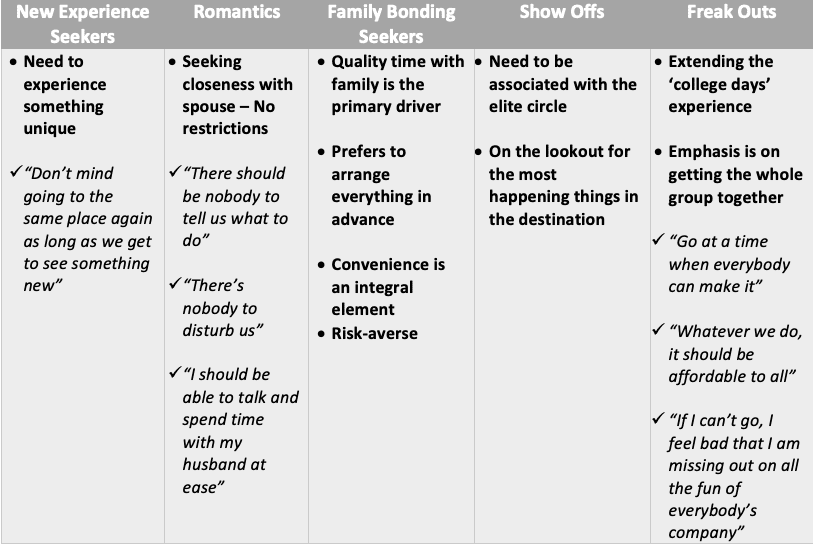
What is consumer segmentation?
Consumer segmentation is a decision-making tool for the marketing manager in the crucial task of selecting the target consumer for a given product and designing an appropriate marketing mix.
It is one of the key building blocks of strategic marketing since it is essential for marketing success.
The most successful firms have been known to drive their businesses based on consumer segmentation
Tools like consumer segmentation have the largest impact on business decisions since it aids in the formulation of the right communication pathway which facilitates the strategic dissemination of messages through the most appropriate conduit that best fits your target consumer.
Demographic vis-à-vis Psychographic Segmentation
While an organization endeavors to create a go-to-market strategy or explore various options to increase the consumer base of its existing product and services, consumer segmentations can be of various types.
Demographic Segmentation can emerge to be useful for certain industries like skin care, luxury goods, baby products, etc.
Pros
Facilitates an easy determination of the consumer who fits into the criterion
Offers explanation for specific product preference Viz. a family with children may prefer vacation villages in comparison with couples who would prefer an accommodation that would offer privacy
Cons
May not always be reflective of the cause of consumer preferences.
The choice of activities, attitudes, interests, lifestyle, opinions, and personality have been discerned to be more influential in terms of triggering consumer buying decisions.
Psychographic segmentation – Need of the day
Median Research & Consulting has conducted an interesting survey with consumer across the nation who dines out at least 2-3 days a week at their expense as well as those who are only able to dine out during the weekends.
The study uncovers some interesting findings and shows a good example of psychographic segmentation
While the respondents were asked about their associations with fine dining, everyone exhibited very positive evocations – LOOKING FORWARD TO SOMETHING BEYOND THE USUAL

- All respondents to fine dine regularly (or would at least love to do so)
- The majority seeks fine dining experiences at least 2-3 days a week
- Weekend fine dining experiences are also integral to their aspirations – Most prefer to go to nearby food & beverage establishment
As there are no differences across age, pop strata, or socio-economic criteria all may think the idea of fine dining is homogenous. However, differences emerge when discussing “My ideal fine dining experience would be…”, leading to a clear mindset difference. The mindset is independent of life stage, SEC and income.





